بررسی تخصصی
Description :
RNA Stabilization solution is an aqueous tissue storage reagent that stabilizes and protects cellular RNA in intact, unfrozen tissue samples. this reagent eliminates the need to immediately process tissue samples or to freeze samples in liquid nitrogen for later processing. Tissue pieces can be harvested and submerged in RNA Stabilization solution for storage without jeopardizing the quality or quantity of RNA obtained after subsequent RNA isolation. RNA Stabilization solution can be added to cell pellets and even cells in medium. The samples can then be stored frozen or unfrozen.
Applications
Protecting RNA integrity in tissues rich in RNases Collecting samples from different time points without having to process the samples from each time point immediately Archiving tissues for future microdissection Submerging animal cavities or organs in RNA Stabilization solution to stabilize RNA during long, tedious dissections Collecting samples at locations (e.g., hospitals, field sites, the space shuttle) where immediate RNA isolation is not possible Shipping samples on wet ice or even at room temperature if shipped overnight.
Product Guidelines Storage and stability
• Store RNA Stabilization solution at room temperature.
• If any precipitation of RNA Stabilization solution is seen, heat it to 37°C and agitate to redissolve it. Disposal of RNA Stabilization Solution RNA Stabilization solution can be safely discarded down the sink and flushed with water. Guidelines for Use of RNA Stabilization Solution
• Use RNA Stabilization solution with fresh tissue only; do not freeze tissues before immersion in RNA Stabilization Solution. • Before immersion in RNA Stabilization Solution, cut large tissue samples to ≤0.5 cm in any single dimension.
• Place the fresh tissue in 5–10 volumes of RNA Stabilization Solution.
• Most samples in RNA Stabilization solution can be stored at room temperature for 1 week without compromising RNA quality, or at –20°C or –80°C indefinitely.
• Do not freeze samples in RNA Stabilization solution immediately; store at 4°C overnight (to allow the solution to thoroughly penetrate the tissue), remove supernatant, then move to –20°C or –80°C for long-term storage.

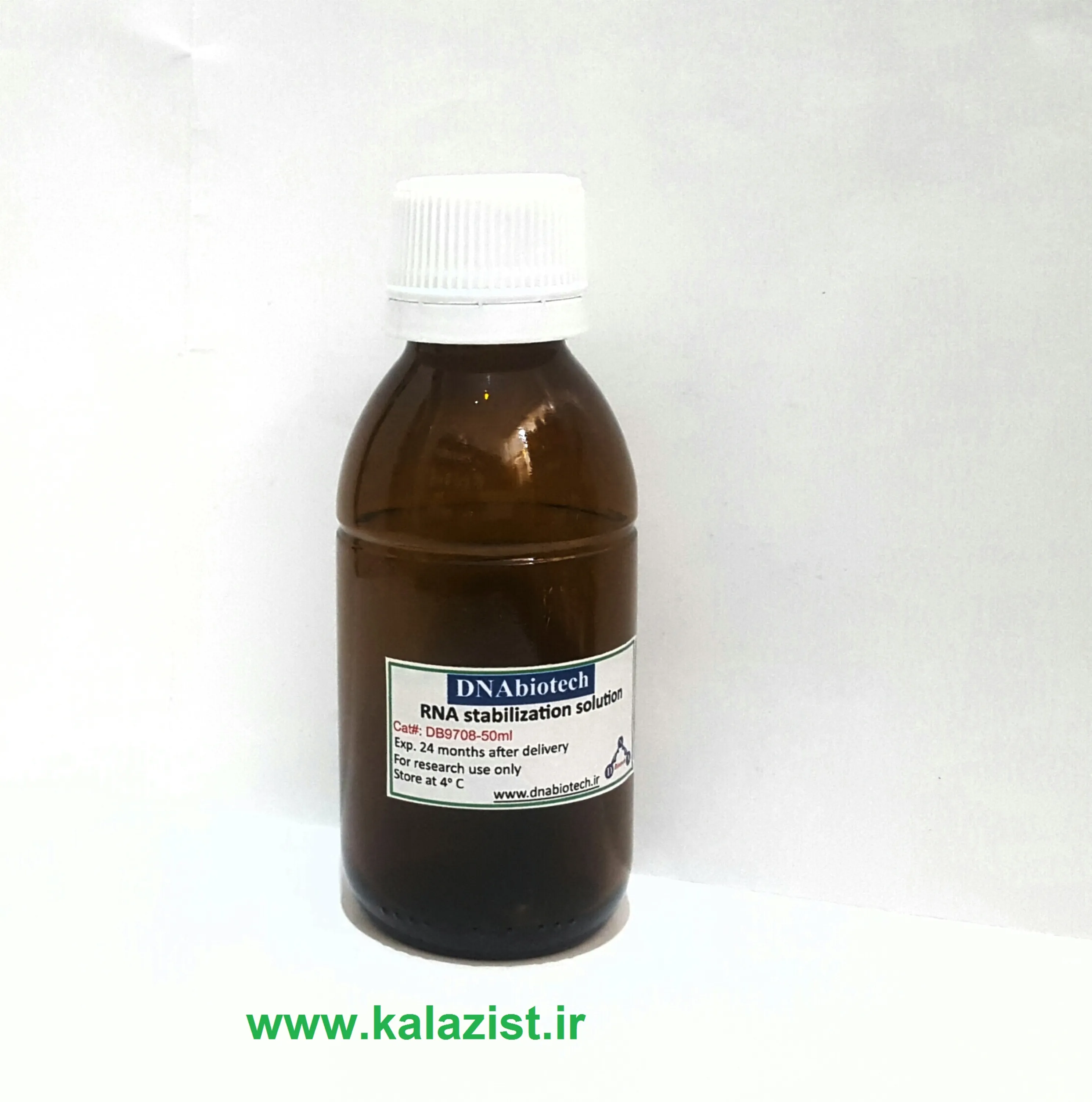




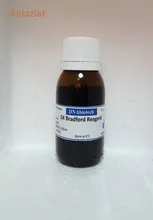
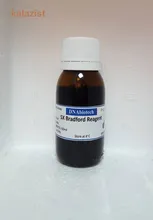


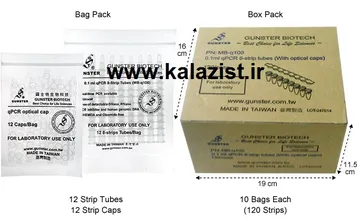



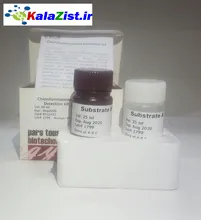

 kalazist dnabiotech بیسین کونینیک اسید.webp)

 کالا زیست kalazist dnabiotech trizolelex.webp)

 کالا زیست kalazist dnabiotech trizolelex.webp)
